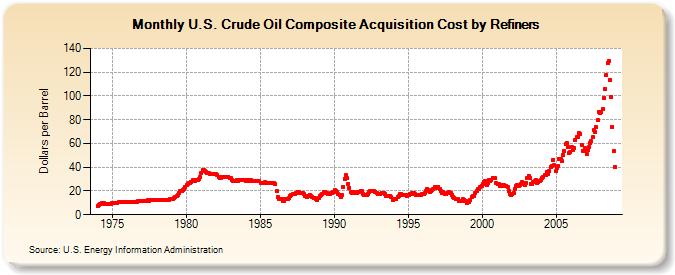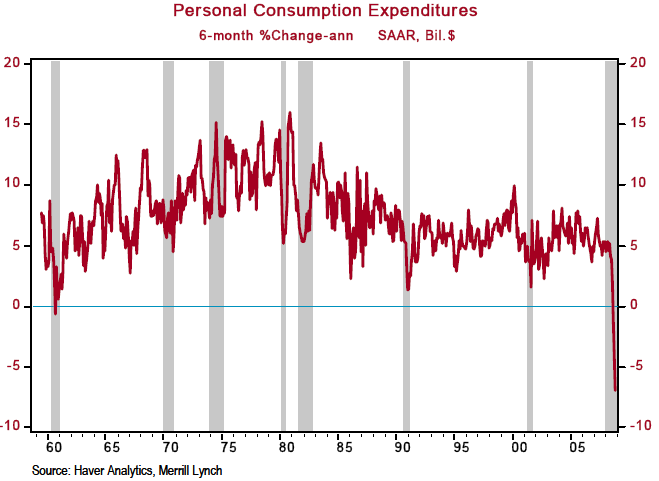Paul Krugman writes:
So far the Obama administration’s response to the economic crisis is
all too reminiscent of Japan in the 1990s: a fiscal expansion large
enough to avert the worst, but not enough to kick-start recovery;
support for the banking system, but a reluctance to force banks to face
up to their losses. It’s early days yet, but we’re falling behind the
curve.
He has likened our government's response to that of Japan during its "lost decade" in the 1990s after the crash of its property bubble and resulting financial crisis.
In a number of ways I agree. However, there are three things are very different between Japan then and the US now: two economic:
- US corporations, and likely foreign corporations operating US factories and offices, will not hold back on laying off workers.
- The US savings rate is abysmal.
and one political:
- The US is not dominated by one political party.
This later point is the most important one.
While I have long maintained that the Democrats and Republicans are, in regards to the economy and capitalism, very similar, there are differences. After all, 36 of 41 Republican Senators supported the DeMint amendment to the stimulus bill which would have reduced federal government revenues by over $3 trillion and further enriched corporations and the wealthy at the expense of the rest of us.
If Obama cannot clean up the mess GW left us by 2010, or at least show enough progress, things could get very difficult for the congressional Democrats on election day.





